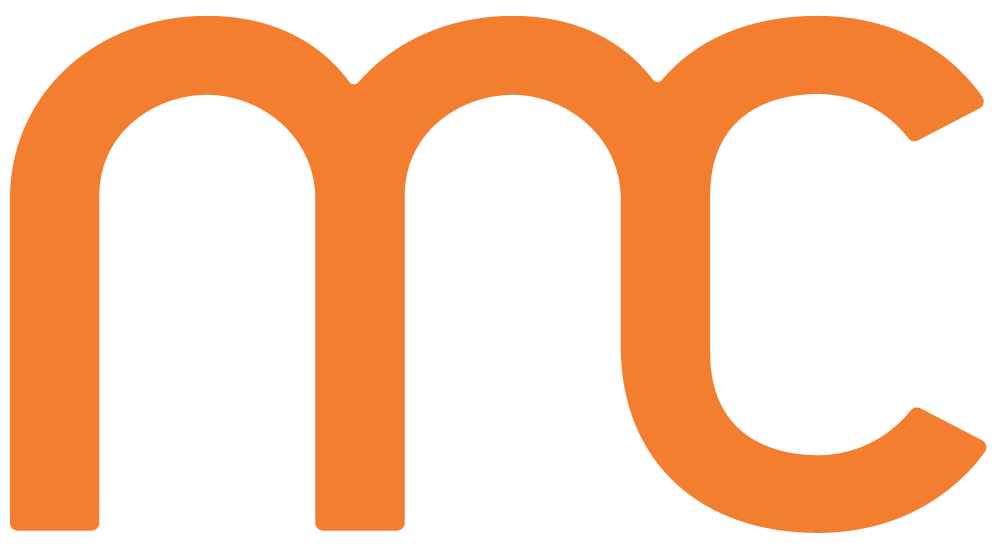Do you know how to build your video’s reach through paid media?
When an organization tells its story through video, it has an opportunity to create an emotional connection with the consumer. That connection creates engagement with the brand and boosts long-term favorability, but the video needs to be seen for this beneficial impact.
Often, the organic reach offered through posting videos to social channels or a brand website is not large enough to impact the target community. In those cases, we recommend turning to guaranteed options to expand the reach of a message.
CTV / OTT
Connected television and over-the-top media options bypass the traditional route of broadcast or cable to deliver content and advertising directly to consumers’ TVs through the internet. Examples of outlets reached by CTV / OTT include Crackle, Paramount+, PlutoTV, and Tubi.
Strengths
- Delivered in the same large-screen format as traditional television.
- Offers more in-depth targeting by location or behavior than traditional outlets.
- With more consumers shifting to CTV / OTT options, the inventory is growing.
Location-Based
Using the enhanced location offered by modern mobile devices, virtual lines can be drawn on the map to target users based on their current and past locations. For example, virtual fences could be drawn around local competitors to target their frequent customers, serving their shoppers video ads to build awareness of an alternative offer.
Strengths
- Reach the right customers based on their personal, geographic activity.
- Less expensive on a per impression than other video options.
- Detailed reporting highlights the locations generating the most interaction.
Social (paid)
From Facebook to Instagram to Snapchat to TikTok, social media users actively favor video posts, with an average of 48% more views on video than on photo posts. While brands continue to create more video content for social channels to meet this demand, they still face the persistent problem of throttled organic reach. For example, an average post on Facebook reaches only 5% of a brand’s followers.
To account for the lack of influence through organic channels, marketers can use paid promotion to boost a brand and offer an opportunity to reach beyond their followers with an engaging video message.
Strengths
- With over 70% of the US population using social media, these platforms offer one of the most prominent outlets to reach general consumers.
- Established social media platforms offer comprehensive targeting options, ranging from buying intention to demographic information to psychographic profiles.
- Impactful video content has an opportunity to exceed its purchased audience through viral sharing.
Premium Direct
YouTube and HULU are the reigning kings of premium video platforms. Their immense size, ability to target advertising, and deliver an audience make them darlings of the advertising world.
Strengths
- Direct buys with premium outlets offer the assurance of knowing where your message will appear on the internet.
- With their immense size, these platforms can effectively reach most markets.
- Similar to primetime television, premium video destinations provide access to engaged users who have arrived and expect to watch a video with the associated advertising.
Programmatic
Offering the broadest possible reach and the most targeting options, programmatic video advertising is the marketers’ go-to option when they encounter a difficult-to-reach or narrow audience. Programmatic advertising can target behaviors, content, credit scores, demographics, purchase history, psychographics, and more.
Strengths
- A programmatic buy unlocks the largest audience with the most varied targeting options.
- By using multi-site whitelists, an ad hoc network of smaller sites can be built programmatically to expand the reach of a video campaign.
- Through content targeting, marketers can align their video message to the consumer as they enter the discovery phase of the purchase funnel and surround their message with similar on-page subject matter.
As consumers are watching more videos than ever before, doubling their consumption since 2018, and more delivery options come online with associated targeting vectors, video is an essential component of any marketing campaign.
If this choosing your video outreach strategy feels daunting, you are not alone. The media team at Martin Communications can help you launch a successful video campaign. Reach out today and let us help you build your customized plan.



 What is the goal?
What is the goal? Who is the audience?
Who is the audience? What is the budget?
What is the budget? Which advertising outlets should be used?
Which advertising outlets should be used? What creative should be used?
What creative should be used? When should the campaign go live?
When should the campaign go live?









 Aunt Jemima Rebrands to Pearl Milling Company
Aunt Jemima Rebrands to Pearl Milling Company  Burger King Upsets Queens
Burger King Upsets Queens Meet a Martin – Lindsay Sowers, Graphic Designer
Meet a Martin – Lindsay Sowers, Graphic Designer What is the very first thing you do when you wake up? Let the dog out? Make coffee? Pick up the phone and check social media? Boom. That’s the winner.
What is the very first thing you do when you wake up? Let the dog out? Make coffee? Pick up the phone and check social media? Boom. That’s the winner. Map Out Your Social Media Strategy
Map Out Your Social Media Strategy  Discover Your Target Audience
Discover Your Target Audience